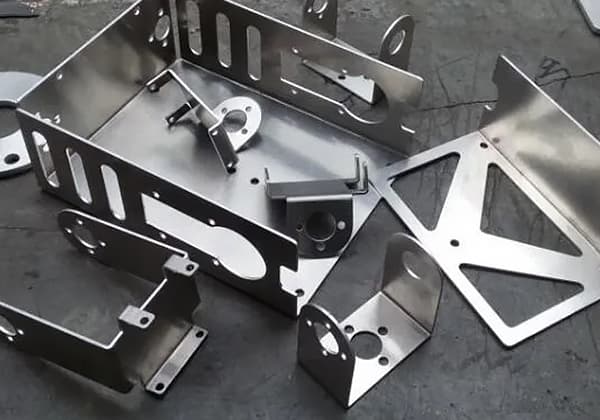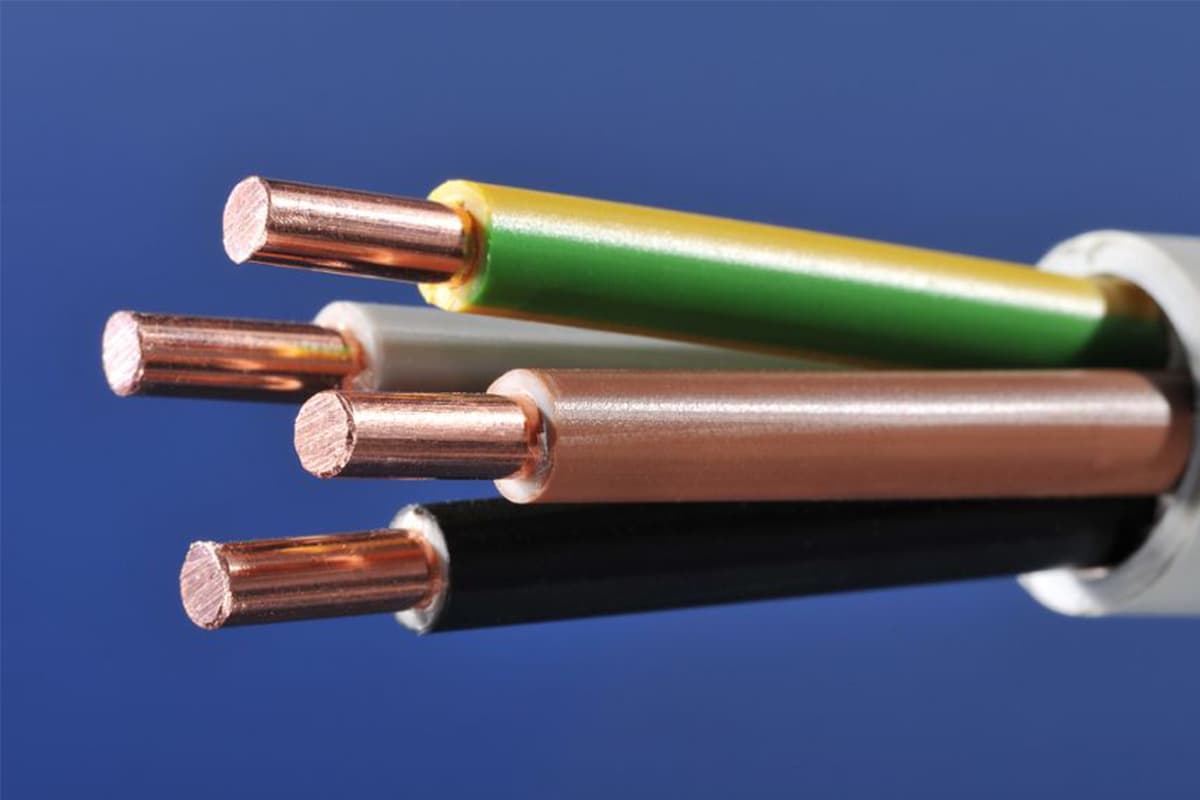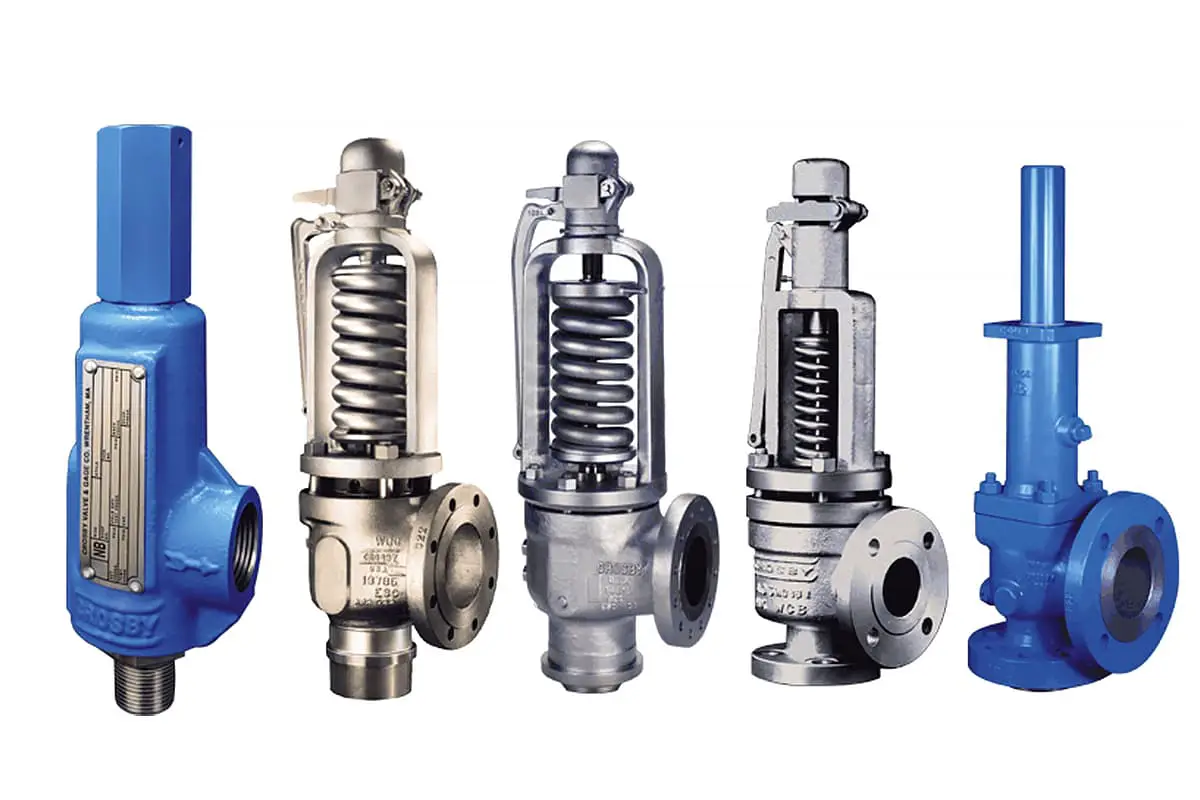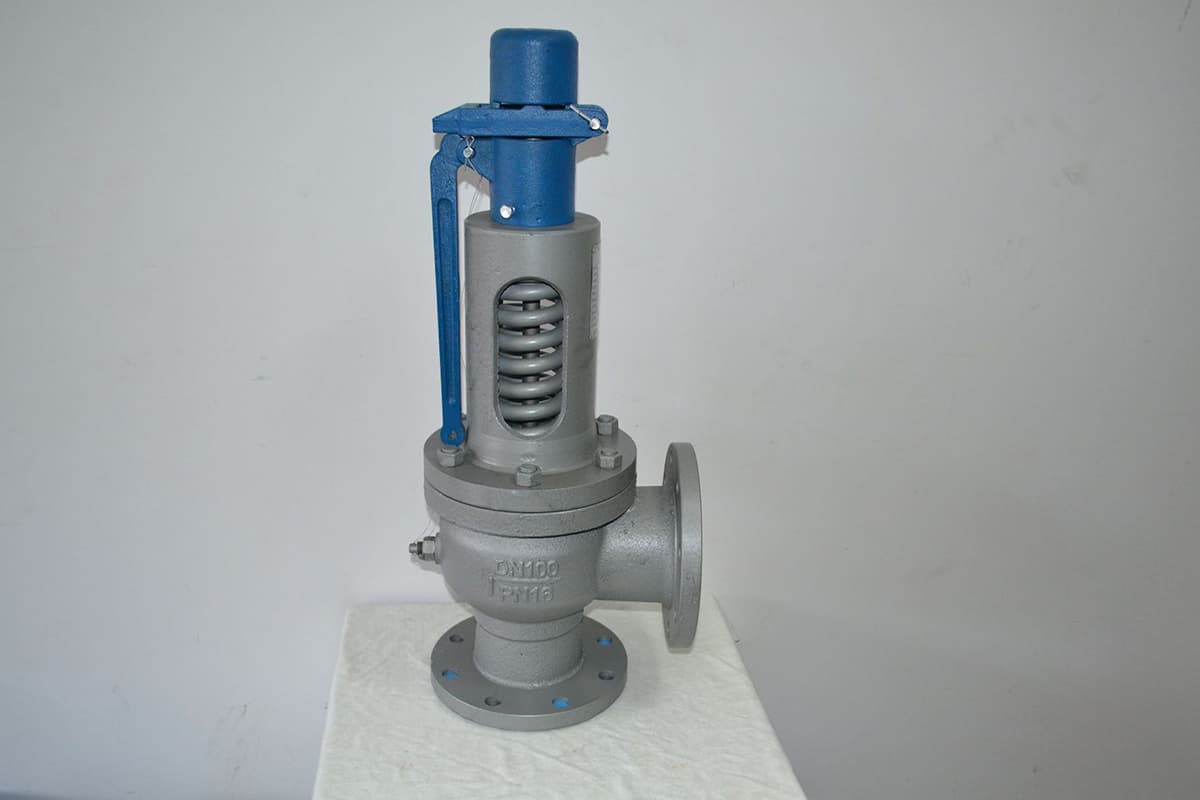
When I went to a mobile phone stamping mold factory to learn about precision mold technology, the deepest impression on me was not their superior mold design level and precise processing technology, but rather their concept of precision mold development. On my second day there, the team leader told us that he wanted to instill […]

When I went to a mobile phone stamping mold factory to learn about precision mold technology, the deepest impression on me was not their superior mold design level and precise processing technology, but rather their concept of precision mold development.
On my second day there, the team leader told us that he wanted to instill the concept of precision in us. What is the concept of precision mold? I was somewhat skeptical. The products here are made of thin materials, and I’ve done some of this work before.
How could I lack the concept of precision?

However, as my study gradually deepened, I began to realize my superficial understanding!
The first stop of our learning journey was the high-speed module assembly. In terms of mold precision, high-speed terminal molds should be considered the most precise here. The stamping materials are generally 0.08~0.2 mm stainless steel and aluminum, with shearing gaps as small as 0.008 mm, the minimum width of small holes punched is 0.25 mm, and the punch gives a fragile impression.
How are such small holes punched? How can such a small shearing gap ensure the manufacturing accuracy of the mold? It’s hard to imagine without seeing it with my own eyes.
By studying the drawings, understanding the mold structure, design manufacturing tolerances, and its special manufacturing process, we were able to grasp the pulse of this set of molds.
All punching parts from top to bottom are blocks and punches, the blade is made of tungsten steel. The block holes, fixed pinholes JG grinding on the upper mold plate, ejection plate, and lower mold plate, sliding fit clearance c+0.005~0.010 mm, non-sliding fit c+0.003 mm, machining accuracy +/-0.002 mm.
The main structure guide parts are ball bushing fitting with precision guide pillars, the small hole punching structure adopts a separate local structure from the upper mold, locked on the lower mold plate with equal height sleeves, compensating for the precision errors of the stamping equipment.
The guide parts of the local structure are precision graphite self-lubricating inner guide pillars, the inner guide bushing of the ejection plate and lower mold plate are filled with glue, compensating for the machining errors of the guiding parts, improving the guiding accuracy, ensuring the position accuracy of the mold plate during the stamping process, and the smallest possible stamping stroke can make the punch length as short as possible.
The appropriate punch reinforcement can improve the strength of the punch. This completely reflects the mold designer’s tendency towards high-precision design, ensuring the high quality and high requirements of the mold as much as possible.
Modern processing equipment and high-precision processing technology further allow these design concepts to be fully utilized.
After heat treatment, the mold plate undergoes deep cryogenic aging treatment to eliminate internal stress, prevent mold plate deformation, ensure the processing stability of the mold plate, flat grinding ensures the flatness of the mold plate, parallelism of 0.005 mm, electrical discharge machining (EDM) accuracy is controlled within ±0.002mm, slow wire cutting accuracy is controlled within ±0.0015mm.
For high-precision machining, the issue of temperature must not be ignored, because temperature differences are the enemy of precision. Due to the thermal expansion and contraction of materials, the linear expansion of steel will produce a change of 12μm per meter when the temperature changes by 1°C.
This is an unchanging fact in every corner of the world, on every type of machine. If we don’t care about this important issue of temperature, how can we discuss precision?
The control of workshop temperature is very important because the precision of the workpiece being machined has a great relationship with it. The temperature for precision machining is generally kept at a constant 20°C, requiring temperature fluctuations of less than 0.5°C per hour, and the air conditioning system maintains a constant temperature difference of ±1°C all day long.
The meticulousness of the mold assembly engineer also impressed me. They first carefully understand the mold drawings, familiarize themselves with the product information, analyze the mold structure, and understand the design intent.
They meticulously check the parts, chamfer, polish, and mark; the mold plates are deburred, oiled to prevent rust and assembled in an orderly manner; the outer guide columns and guide bushings are installed using special positioning tools to ensure their verticality; the mold plate’s actual thickness is measured at four points, with a difference within 0.005 mm being deemed acceptable; the punch and block are paired, the pairing should be smooth, grinding has a standard, the judgment standard is clear; during the test and adjustment of the mold, self-inspection of the product should be done with a projector, and when repairing the mold block, it should be accurate to 0.003mm.
Without the concept of precision, it’s impossible to develop high quality, or to assemble high-precision molds.
Mold development is mainly divided into three stages: mold design; mold processing; and mold assembly, testing, and refinement. Each is indispensable. A high-precision mold requires precise design, precise machining, and precise assembly.
Designers give the mold a soul, processors cast the mold body, and assemblers give the mold life. The concept of precision mold runs through the entire process of mold manufacturing.
The inheritance of the concept is from top to bottom, and from master to apprentice, good habits become natural, and the birth process of each mold masterpiece is not hard to imagine.
Cultivating the concept of precision mold should be the key content of my learning this time, learning good habits from others, developing my own good habits, establishing concepts, and integrating them into work.

As the founder of MachineMFG, I have dedicated over a decade of my career to the metalworking industry. My extensive experience has allowed me to become an expert in the fields of sheet metal fabrication, machining, mechanical engineering, and machine tools for metals. I am constantly thinking, reading, and writing about these subjects, constantly striving to stay at the forefront of my field. Let my knowledge and expertise be an asset to your business.











